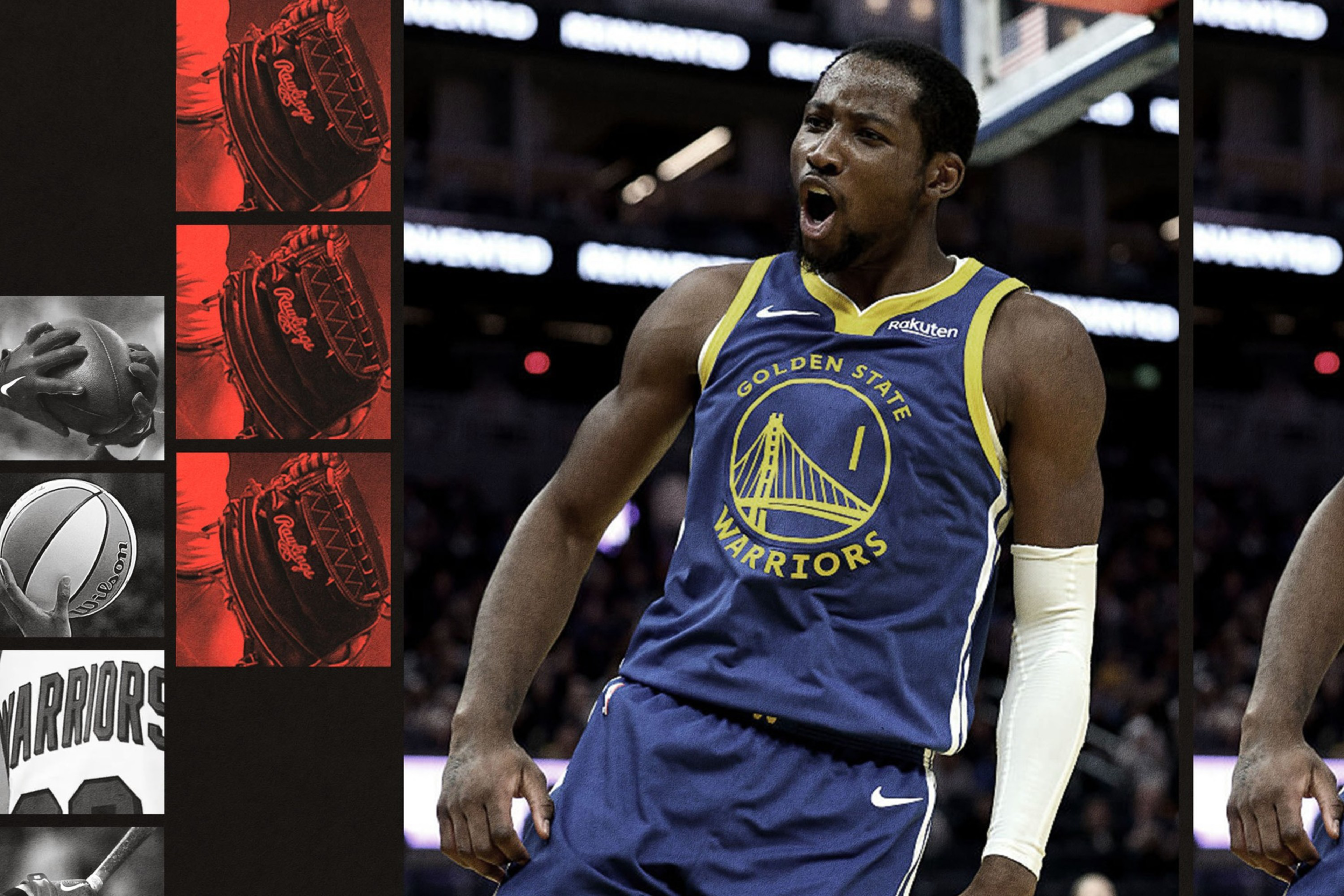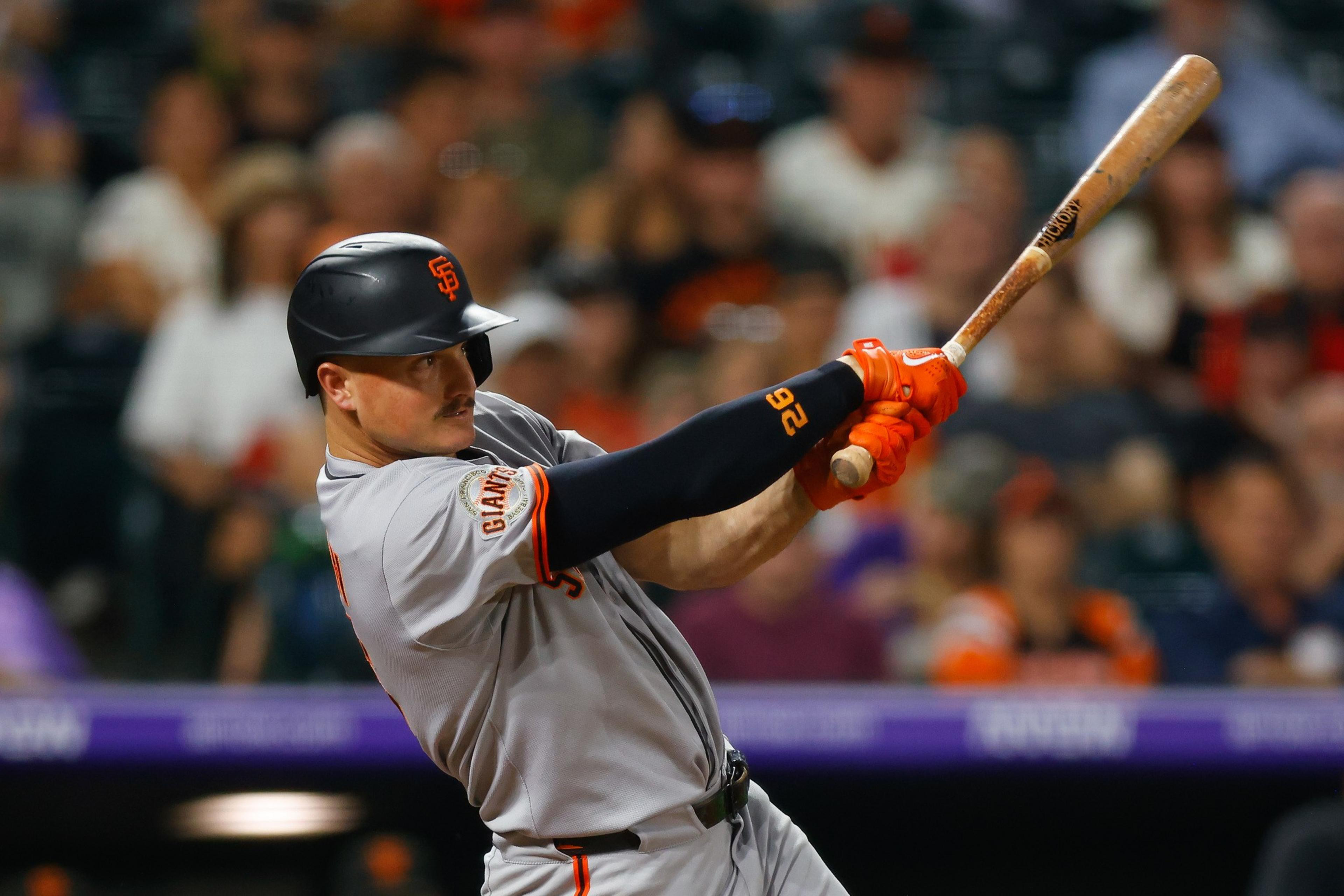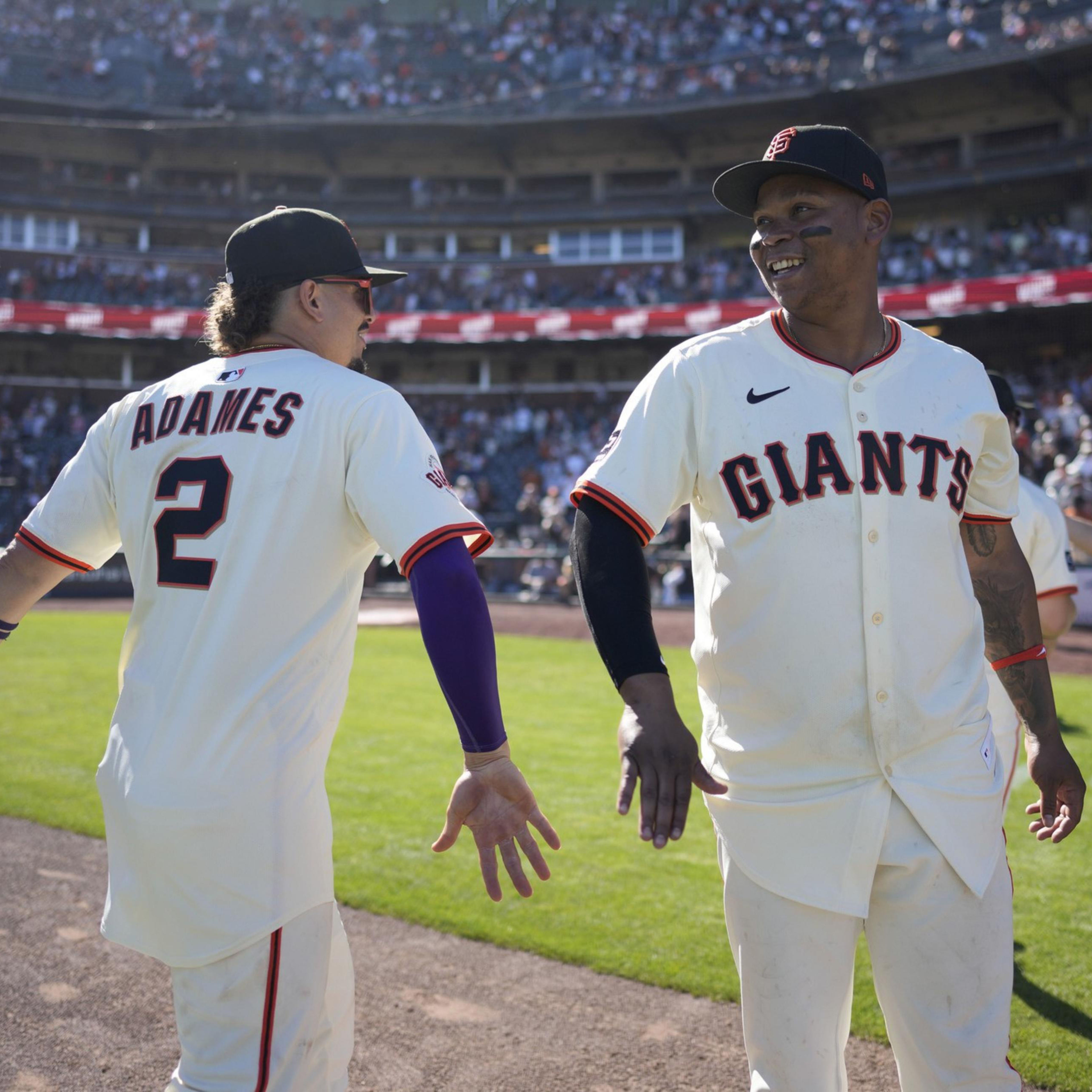Want more ways to catch up on the latest in Bay Area sports? Sign up for the Section 415 email newsletter here and subscribe to the Section 415 podcast wherever you listen.
Major League Baseball’s postseason bracket is down to the final four, and the Giants can find inspiration from how two of the teams strategize and carry out their game plans.
The Toronto Blue Jays and Milwaukee Brewers are everything the Giants wanted to be this season. And should try to be going forward.
From president of baseball operations Buster Posey to the coaching staff, the Giants spoke often about the need to do the “little things” right to prolong rallies, win games, and contend in the top-heavy National League West. Obviously, they fell short.
The Blue Jays and Brewers are exhibits A and B on how it’s done.
Section 415: Tim Kawakami analyzes the 49ers, Giants, and Warriors

Section 415: Min Woo Lee, Steph Curry, and the story of The Bay Golf Club

Section 415: The Giants’ hire of Tony Vitello marks the start of a bold new era

Aside from being fundamentally sound by making the routine plays and running the bases well, their situational hitting is tremendous – they put the ball in play and don’t strike out much. That Blue Jays hitters average just 5.5 strikeouts in the postseason, fewest among the 12 playoff teams, and the Brewers’ average is 7.3 shows how they emphasize contact.
It was a similar story in the regular season. The Blue Jays had the lowest strikeout rate in the majors while the Brewers ranked sixth. The Giants were 19th and reached double-digits in strikeouts a whopping 62 times. By comparison, the Brewers did it 41 times, the Blue Jays just 25.
Putting the ball in play is harder than ever with more pitchers than ever throwing close to 100 mph (quite a few who surpass triple digits) and reaching optimal spin rates on secondary pitches thanks in part to advanced technology.

The Blue Jays and Brewers make it work with their bat-to-ball skills and relatively low swing-and-miss rates – the Blue Jays ranked first in the majors in contact rate at 80.5% while the Brewers were third at 79.5%. Did they sacrifice power in the process? Perhaps. The Blue Jays ranked 11th in the majors in homers, the Brewers 22nd.
But here they are, one step from the World Series, with only the Seattle Mariners and L.A. Dodgers in their way, though each team is in an early hole – the Blue Jays are down two games to none against Seattle in the ALCS, and the Brewers lost their opener to the Dodgers in the NLCS.
The Giants, who have reached the playoffs once in nine years, benefited in their championship era by putting the ball in play and putting pressure on defenses, and that’s again a talking point with Posey in charge. Especially with Oracle Park a pitchers’ paradise.
This is a good time to mention that the top upcoming free agent, Kyle Tucker, is known for his contact and nearly had as many walks (87) as strikeouts (88). He’d fit in nicely in right field as a Giant, but there will be plenty of cheaper contact hitters that Posey can pursue in free agency and the trade market.
When I asked Posey late in the season if he’d like to add more contact hitters moving forward, he said, “I think that’s fair. I think you need a balance. You’re going to need some guys that are probably going to swing and miss more but have the ability to hit the ball out of the park, but you also need the guys that are going to swing and miss less and be more line-drive, contact oriented.”

Posey, who emphasized contact hitters in his first draft and trade deadline, realizes his big-swing guys are who they are and isn’t about to revamp their approaches. Willy Adames struck out a career-high 179 times, 11th most in the majors. Rafael Devers’ combined strikeout number in Boston and San Francisco was also a career high, 192, fifth most in the majors.
Devers ranked sixth among qualifying hitters in hard-hit rate behind prominent sluggers Kyle Schwarber, Shohei Ohtani, Aaron Judge, Oneil Cruz, and James Wood. On the other hand, there’s a lot of swing and miss with Devers, who struck out four times in five separate games. He also had eight three-strikeout games and became the first player in history with 15 strikeouts over five games to open a season. In one five-game stretch as a Giant, he K’d 14 times.
Would Devers emphasize cutting down on strikeouts next season? I asked. In a sign of the times, he said no. “I don’t think I need to change that,” he said. “It’s an out. It’s part of the game. I think if I look at my production overall, I think I was inconsistent, but it will get better.”
Matt Chapman told me something interesting about strikeouts. He’s coming off the second-lowest strikeout rate of his career, 23.6%, lowest since 2019, and he’s thinking the rate could further dip next season with the arrival of the automated ball-strike system in which players can challenge the plate umpire’s calls.
“I think it’ll allow me to know my strike zone and understand what my specific strike zone is,” he said. “It’s up to the umpires to call it, but you’ll know specifically what’s a strike and what’s a ball. If the zone is more consistent and you don’t get balls called strikes, I think we’ll see more balls in play, for sure. I don’t want to speak too soon, but there will be more checks and balances.”
Devers and Patrick Bailey had the highest strikeout rate among Giants regulars, 29.4%, followed by Adames’ 26.1%. Jung Hoo Lee had the lowest, 11.5%, but too often he seemed pull happy – 42.8% of his batted balls were to the right side – and he needs to do a better job spraying the ball around the field.

In the final weekend of the season, I asked Lee about improving his overall offensive game next season by better utilizing his speed, and he said, “If the situation is given – and also during the play, you never know what kind of situation you’ll be in – I’m there to bunt. I’m there to steal. If the team wants me to do it, I’m there to do it.”
The Blue Jays and Brewers posted the best records in their leagues, but no one on those teams will win an MVP award or Cy Young award. They simply find ways to beat you. For instance, they ranked 1-2 in the majors in hitting with runners in scoring position, .292 and .279. The Giants were at .252.
The Brewers, extremely aggressive on the bases, led the NL in steals. The Giants were last, again. The Blue Jays don’t steal bases like the Brewers, but they’re more free swinging and generate harder contact.
Depth is another asset for both playoff teams. The Blue Jays had a majors-high 19 players with at least a 1.0 WAR, led by George Springer and Vladimir Guerrero Jr., according to Baseball Reference, while the Brewers had 18, led by Freddy Paralta and Brice Turang. Depth was a major issue for the Giants especially down the stretch when they had gaping holes in their rotation and bullpen.
Posey said a priority is solidifying the pitching staff, but the offense has lots of room to grow, and it wouldn’t hurt to try emulating the strategies of the Blue Jays and Brewers.
It’s a copycat league, after all, and those teams serve as excellent models for the Giants in the upcoming years of the Posey administration.

